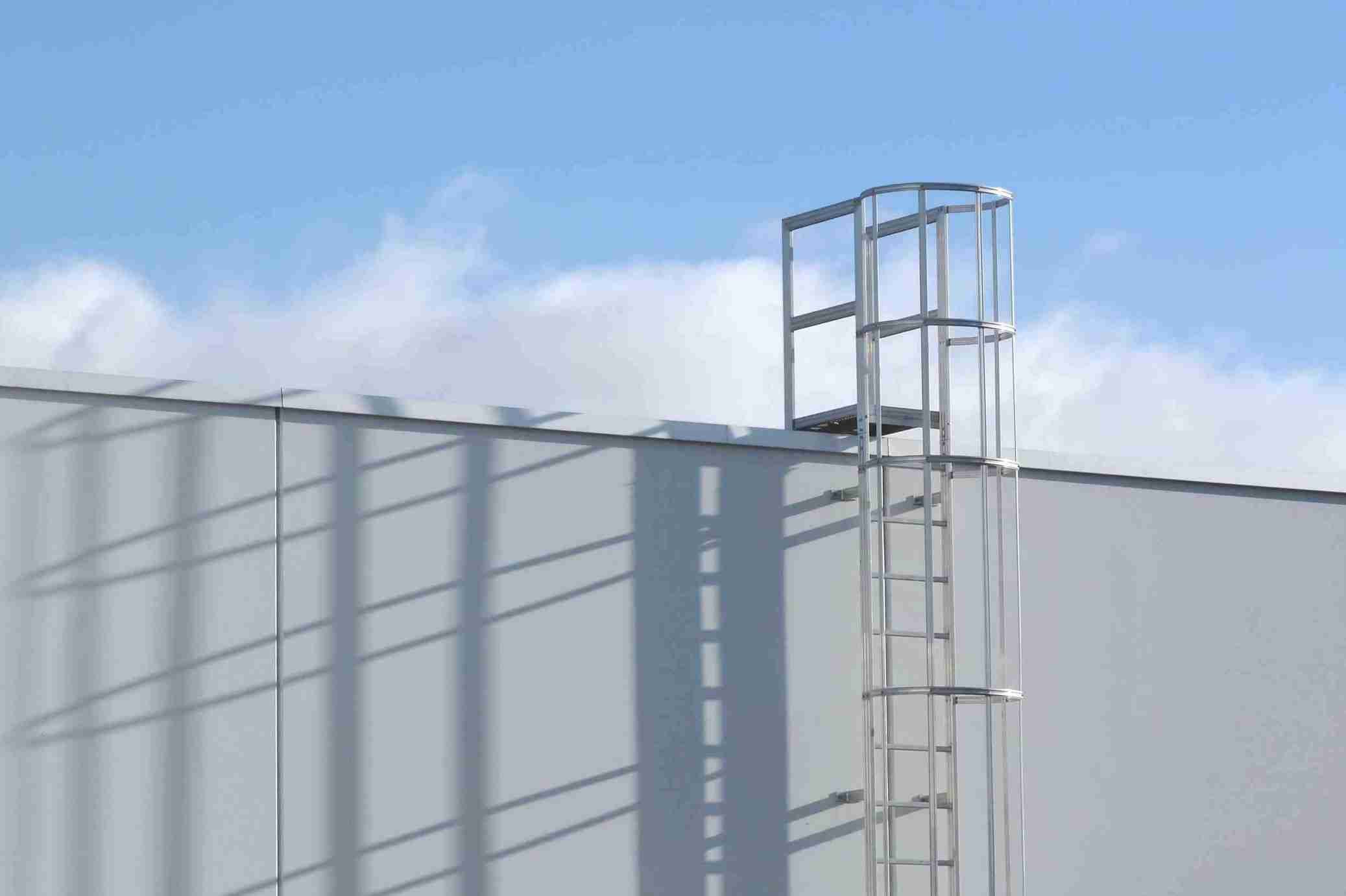
Freestanding Guardrails & Handrails
Why Choose Freestanding Handrails & Guardrails?
Freestanding handrail and guardrail systems eliminate the hazard of falls from height. This is the preferred method of fall protection should working at height be absolutely unavoidable, as it offers exceptional stability via the use of a counterbalance, and versatility due to a modular framework.
Freestanding handrail and guardrail systems, as well as any fall arrest system used for Work at Height must be inspected and compliance tested once every 12 months. We guarantee that our freestanding guardrail services conform to the standards set by BS EN 13374-2013 - Class A, BS EN ISO 14122-3:2016 & BS 13700:2021.
The Key Benefits of Freestanding Guard
Collective measure / guards hazard / preferred method should working at height not able to be avoided
Suitable for multiple users requiring basic working at height training
Suitable for frequent access for long duration of time due to low risk level
Completely freestanding with no need for drilling or penetration
Lightweight and suitable for most new and existing flat roofs
A simple and cost effective rooftop safety system
Beginner’s Guide To BS 13700:2021
-
As you’d expect, the freestanding guardrail system is completely freestanding, meaning there is no need for drilling or penetration of the roof membrane. No mechanical fasteners are required, yet this lightweight solution is still durable. As a result, it is suitable for new and existing roofs alike.
-
This solution is suitable for multiple users at any one time, and requires very basic working at height training, making it the ideal solution for regular and long duration maintenance at roof level.
-
The material used in these freestanding systems is light weight, with balance weights often weighing less than 20kg. Each component is therefore easy to lift or move to where you need it, but becomes totally solid when they’re secured together, and there’s little risk of damaging the roof surface when you do so.
When you couple these benefits with the advantage of quick installation, this is as simple and cost-effective a rooftop safety system as you could want.
-
A freestanding rail has a modular design that allows for onsite reconfiguration (if needed), making them ideal for retrofitting to older buildings, as well as new build constructions. They’re suitable for use on concrete, asphalt, PVC membrane and felt roof surfaces.
Freestanding handrail or safety railing systems are also known as:
Weighted guardrails, counter-balanced handrails, edge protection, safety railings or freestanding rails.
Freestanding safety railings are commonly installed in the following sectors:
Residential
Industrial
Offices
Retail
Hotels/leisure
Education
Healthcare
Utlitities -
Freestanding safety railings are available in a range of materials and finishes, including the below:
Materials:
Aluminium
Galvanised steel
Stainless steelFinishes:
Powder coated to any RAL colour
Please note that freestanding hand or safety railings offer curved, incline or straight options.Most systems have base plates that are fitted with bonded ribbed rubber mats, which can include an EPDM foam infill that’s suitable for use on concrete, asphalt, PVC membrane and felt roof surfaces.
As this system is freestanding, there is no need to fix it back to the building’s structure. However, some roof materials will require protection underneath the feet to maintain guarantees for the roof. This can be checked with the roofing material manufacturer or contractor.
Our Services
-

Height Safety Survey & Risk Assessment
-

Fall Arrest Design, Supply & Installation
-

Work at Height Inspection, Testing & Maintenance
-

Height Safety Training, Courses & Seminar









